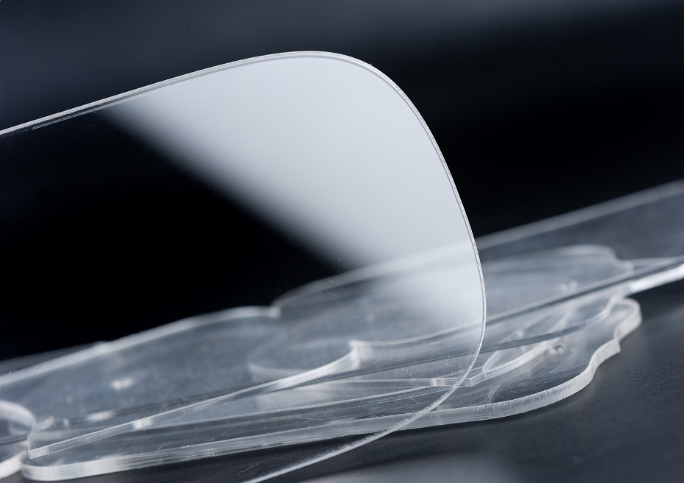When considering the differences between plexiglass vs acrylic, the reality is, they’re very similar. But there are a few notable differences. Let’s break down what plexiglass, acrylic and a mysterious third contender, Plexiglas, are and the differences between them.
What is acrylic?
Acrylic is a transparent thermoplastic homopolymer. In other words, it’s a kind of plastic—specifically, polymethyl methacrylate (PMMA). Though it is often used in sheet form as an alternative to glass, it’s also used in a variety of other applications, including casting resins, inks and coatings, medical devices and more.
While glass is cheaper to purchase and more easily recycled than acrylic, acrylic is stronger, more shatter resistant and resistant to the elements and erosion than glass. Depending on how it is manufactured, it can be either more scratch resistant than glass or extremely scratch- and impact-resistant.
As a result, acrylic is used in a lot of applications in which you might otherwise expect glass to be used. For example, eyeglass lenses are commonly made from acrylic. For example, eyeglass lenses are commonly made from acrylic because acrylic can be more scratch and shatter resistant in addition to being less reflective than glass, which can reduce the amount of glare.
What is plexiglass?
Plexiglass is a kind of clear acrylic sheet, and it is specifically used as a generic term to refer to a few different products that are manufactured under different names, including Plexiglas, the original trademarked name. When acrylic was created in the early 1900s, one of the products produced with it was registered under the name Plexiglas.
Post time: May-13-2021




